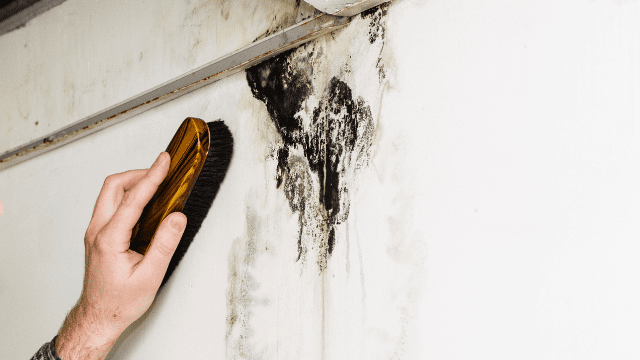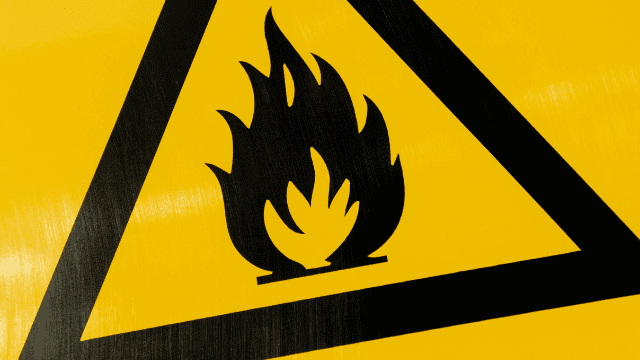The purpose of an exhaust vent is to improve air quality inside a home by venting excess moisture that might accumulate in living spaces such as bathrooms and kitchens. Beyond removing moisture and potentially smoke from the air in the case of a stove vent, an exhaust vent also helps prevent mold from growing in these same spaces as the result of moisture build up.
It’s surprising the number of do-it-yourself homes that exist where a kitchen renovation resulted in a stove vent not venting outdoors, or a new bathroom with a shower stall and no venting. If your home doesn’t seem to have the exhaust vents it should, or if you’re adding a bathroom or completing a renovation that may call for the addition of a new vent, here are some simple tips to help you along the way. The tips here are fairly general, assuming some knowledge, and providing merely general reminders. Some jobs, particularly those that are difficult to reverse if something goes wrong, are best left to experience after all and, depending on your knowledge and skillset, this may just be one of them.






